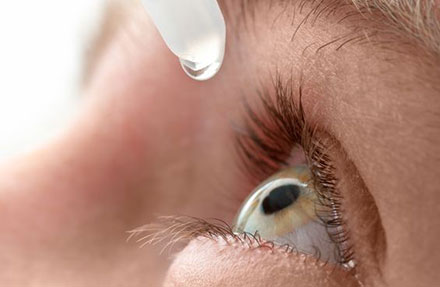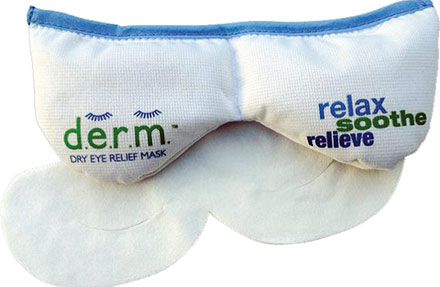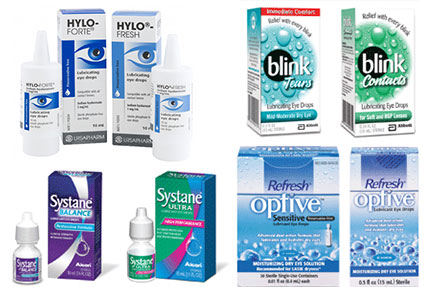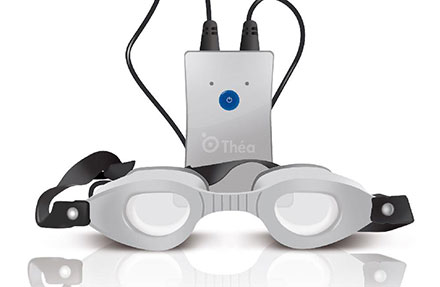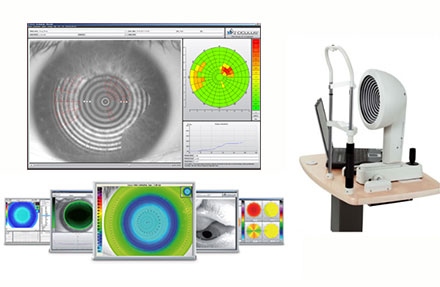Treating dry eye is more than just using a drop
Have you ever wondered why the drops you use are only giving short term relief or not helping at all?
The pharmacist is full of drops to treat dry eye and it can be confusing. Patients often report little or no relief from the drops that they use. There are different causes for dry eye and the type of drops that you need depends on the underlying cause. Often other treatments are also required. The best way to treat dry eye is to have an eye test and determine the underlying cause. The optometrist can then advice you on the best way to treat your condition. For a dry eye assessment book online.
Dry eye can be broken down into two basic forms:
1- Evaporative. In this condition the eye produces enough tears. The tears however evaporate too quickly so the eye can’t stay moist. As the eye has plenty of tears, drops that replace tears won’t really help. In this condition the drop needs to be an oil based drop which will help stabilize the tear layer and reduce evaporation.
2- Aqueous Deficient. In this condition the eye does not produce enough tears to keep it moist. The best drops to treat this condition are tear replacement drops.
Treating dry eye isn’t just about using a lubricating eye drop.
Dry eye is complex. There is more to treating the condition than just using drops. Some of the other ways we help manage dry eye include:
- Prescribed steroid eye drops and sometimes antibiotic tablets.
- Omega 3 supplements such as fish oil or flaxseed oil.
- Hot compresses.
- Eyelid steam therapy and expression of the glands of the eyelids.
- IPL- Intense pulse light therapy.
Why do we produce tears?
The tears we produce keep the surface of the eye, the cornea moist so that we can see. Tears will only last for 10 to 20 seconds before they start to evaporate. That is why we are constantly blinking. With each blink the eyelids push away the old tears and replace them with a new layer of tears. Tears are a complex structure composed of different components, such as the oily surface layer and the watery middle layer. They are produced by different cells and glands and if any of the components are not correct it can result in dryness.
Dry eye symptoms?
The symptoms can be quite different from one person to another. It often depends on the underlying cause. Some of the symptoms include:
- Red eyes.
- Burning, stinging, gritty sensation, foreign body sensation.
- Sensitivity to light.
- Intermittent blurry vision.
- Watery eyes.
- Tired eyes.
What causes dry eye?
There are a lot of different reasons why we develop dry eye. Some of them are environmental, others are due to our health. Some of the most common causes of dry eye include:
- Age: More common later in life especially after the age of 50.
- Sex: More common in women than men.
- Computer use: When we concentrate on a computer or phone we tend to blink less. This leads to increased evaporation and dry eye.
- Contact lens wear: Contact lenses are thought to exacerbate dry as the contact lens disrupts the tear film that keeps the eye moist.
- Environment: Environmental factors such as constant air conditioning, ceiling fans, dry climates or windy conditions are know risk factors for dry eye.
- Smoking.
- Medications: Some medications are known to increase dry eye symptoms.
- Eyelids: Certain eye lid conditions can cause dry eye. Poor lid closure while sleeping, poor blinking ability can lead to dry eye. Blepharitis, an excess of bacterial on the lids is a known cause of evaporative dry eye.

